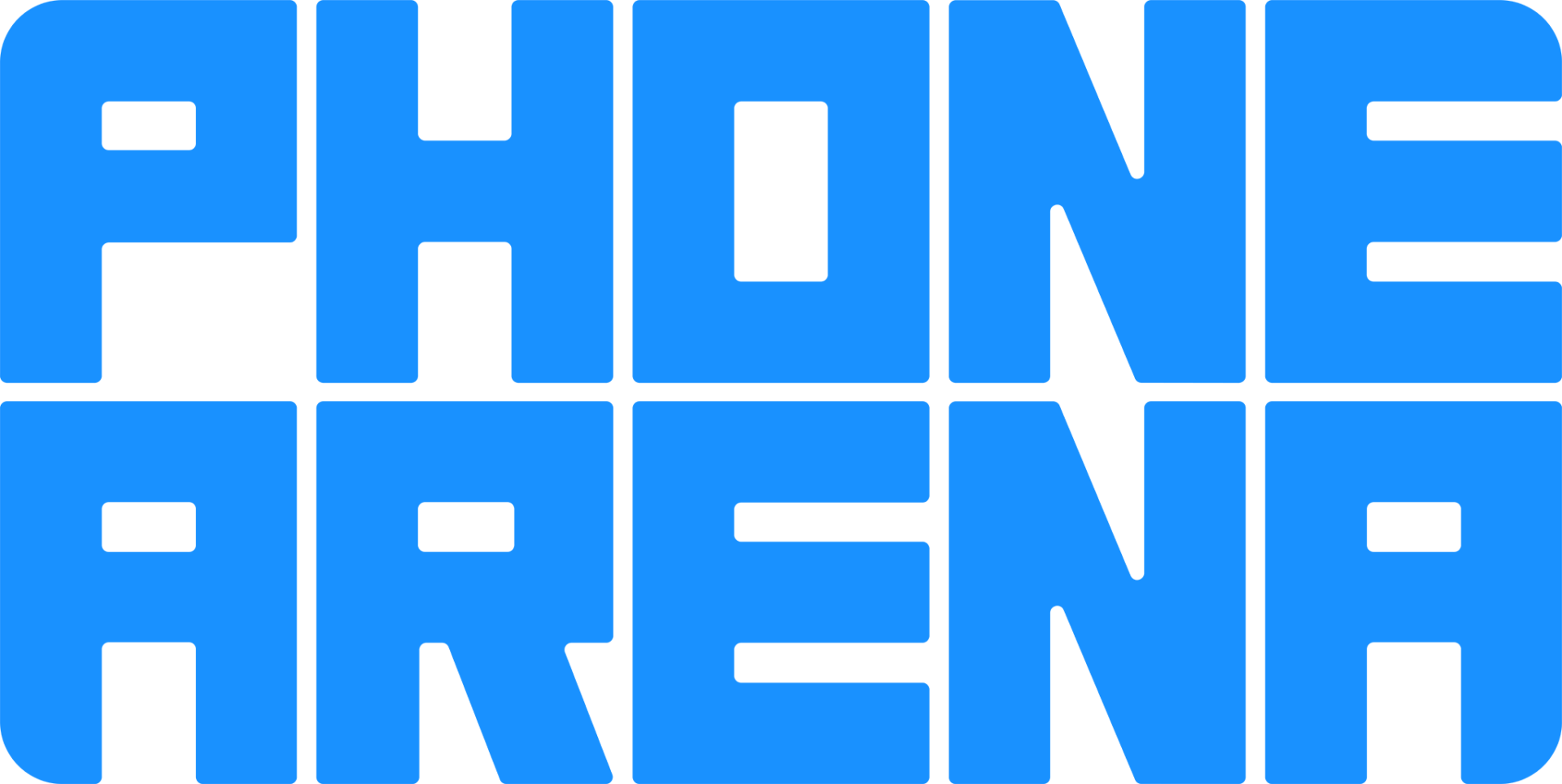A comparison of specs, key information, reviews, and best pricing from top retailers
Last updated -- hours ago | Report incorrect information
What we think

The PerfectRec laptop team Learn more
Updated January 10, 2024·
If you prioritize high-resolution gaming or intensive tasks like 3D rendering and machine learning, the Razer Blade 14 is better suited for you due to its superior graphics card. However, it is also heavier and usually costs more. On the other hand, the Dell Latitude 5431 is less expensive and offers good battery life and portability, which makes it ideal for general use and business purposes, yet less capable for gaming or engineering software. Both have 16GB of RAM, but the Razer Blade has a larger and faster screen, better overall performance, and comes with a higher resolution display. Give Feedback
this description is based on the product variant with some specs and product variant with some specs. At the time of writing, the variant with some specs cost some dollars and the variant with some specs cost some dollars.
Advantages of the Dell Latitude 5431
- Very good speakers
Advantages of the Razer Blade 14 (2023)
- Very good for general use
- Very good for engineering and design
- Very good for gaming and AI
- Very good for content creation
- Very good overall display quality
- Very good overall build quality
- Very good portability
- Excellent keyboard
Key differences
General Use
7.5


8.1
1920 x 1080
RESOLUTION
2560 x 1600
IPS
DISPLAY TECHNOLOGY
IPS
241.0 nits
DISPLAY BRIGHTNESS
560.0 nits
9.0 Hours
BATTERY LIFE
6.0 Hours
7.0/10
KEYBOARD QUALITY SCORE
9.0/10
7.8/10
PORTABILITY SCORE
8.0/10
The Razer Blade 14 (2023) is very good for general use, while the Dell Latitude 5431 is good.
The Dell Latitude 5431 is proficient for general use with its ample RAM and capable processor, coupled with good battery life and portability, making it suited for everyday tasks and mobile use. In contrast, the Razer Blade 14 (2023) excels in general use with a higher-resolution screen, more storage, a significantly more powerful processor for demanding applications, and a superior graphics card suitable for gaming and creative endeavors, although it is slightly less portable and comes at a higher cost.
Gaming and AI
6.2


8.4
3.7/10
OVERALL GPU SCORE
8.5/10
1920 x 1080
RESOLUTION
2560 x 1600
60Hz
REFRESH RATE
240Hz
No
SUPPORTS DLSS
Yes
No
MUX SWITCH / ADVANCED OPTIMUS
Yes
8.0/10
FAN NOISE SCORE
6.5/10
The Razer Blade 14 (2023) is very good for gaming and AI, while the Dell Latitude 5431 is only fair.
The Razer Blade 14 is very good for gaming and 3D because it has a high-performance GPU that excels in rendering graphics quickly, and a high screen refresh rate for smoother visuals. The Dell Latitude 5431, while suitable for lighter gaming and graphics work, has a less powerful integrated GPU and a standard refresh rate screen, which isn't as fluid for fast-paced games or detailed 3D work.
Engineering and Design
6.9


8.7
7.1/10
OVERALL CPU SCORE
9.2/10
3.7/10
OVERALL GPU SCORE
8.5/10
16.0 GB
RAM
16.0 GB
The Razer Blade 14 (2023) is very good for engineering and design, while the Dell Latitude 5431 is only fair.
The Razer Blade 14 (2023) stands out for engineering and design due to its more powerful AMD Ryzen 9 processor and superior Nvidia RTX GPU, which provide better performance for resource-intensive tasks than the Dell Latitude 5431's Intel i5 processor and integrated graphics. Additionally, the Razer's higher resolution screen offers better detail for design work, but it is slightly heavier and pricier, while the Dell offers good performance at a lower price point and is more portable.
Content Creation
7.4


8.2
7.1/10
OVERALL CPU SCORE
9.2/10
1920 x 1080
RESOLUTION
2560 x 1600
16.0 GB
RAM
16.0 GB
IPS
DISPLAY TECHNOLOGY
IPS
The Razer Blade 14 (2023) is very good for content creation, while the Dell Latitude 5431 is good.
PerfectRec’s Content Creation Score takes into account the many different features of the laptop that make it more or less suitable for photo editing, video editing and other content creation tasks.
Software Development
7.3


7.9
7.1/10
OVERALL CPU SCORE
9.2/10
16.0 GB
RAM
16.0 GB
1920 x 1080
RESOLUTION
2560 x 1600
7.0/10
KEYBOARD QUALITY SCORE
9.0/10
The Razer Blade 14 (2023) and Dell Latitude 5431 are both good for software development, though the Razer Blade 14 (2023) is somewhat better.
PerfectRec’s Software Development Score takes into account the many different features of the laptop that make it more or less suitable for software developers.
Screen Quality
6.1


8.9
14.0in
SIZE
14.0in
1920 x 1080
RESOLUTION
2560 x 1600
IPS
DISPLAY TECHNOLOGY
IPS
60Hz
REFRESH RATE
240Hz
241.0 nits
BRIGHTNESS
560.0 nits
The Razer Blade 14 has a better screen than the Dell Latitude 5431 for general use, gaming and AI, engineering and design, content creation, and software development.
Considering screen attributes, the Dell Latitude 5431 offers an adequate display for everyday tasks and professional work that doesn't heavily rely on color precision, but lacks the refresh rate desired for smooth gameplay in 3D. The Razer Blade 14 excels in providing vibrant and accurate colors, critical for engineering and design work, and has a high-quality display for general usage; however, it may not have the optimal refresh rate for 3D gaming that enthusiasts look for. Both laptops provide suitable resolutions and panel types for their respective strong suits but fall short for high-end gaming due to their screen refresh capabilities.
Battery
9.0 Hours


6.0 Hours
The Dell Latitude 5431 has 9 hours of battery life. The Razer Blade 14 has 6 hours of battery life.
Battery life estimate is based on a mix of common use patterns. More portable and higher performing laptops tend to have less battery life.
Build Quality
7.4


8.5
The Razer Blade 14 (2023) has very good build quality, while the Dell Latitude 5431 has good build quality.
PerfectRec’s Build Quality Score incorporates case materials, display and keyboard flex, hinge quality, and overall reliability.
Cost
$950


$2,400
$0
$1,000
$2,000
$3,000
$4,000
The Dell Latitude 5431 has a price of $950 and the Razer Blade 14 (2023) costs $2,400.

Let Us Help Find Your Perfect Laptop
Find your new laptop
Key similarities
Portability
Good


Very Good
14.0in
SIZE
14.0in
3.3 lbs
WEIGHT
4.0 lbs
0.9in
THICKNESS
0.7in
Although they have very similar scores, PerfectRec considers Razer Blade 14 (2023) to have very good portability, while the Dell Latitude 5431 has good portability.
The most portable laptops are small, thin, and light.
Give feedback
We’re constantly working to improve.
How the Dell Latitude 5431 and the Razer Blade 14 (2023) compare to other laptops
Spec Comparison
| Dell Latitude 5431 | Razer Blade 14 (2023) |
GENERAL | |||
|---|---|---|---|
| Price | |||
$950 | $2,400 | ||
Release Date | |||
Release Date | May 1, 2022 | June 1, 2023 | |
Overall Dimensions | |||
Overall Dimensions | 12.7'' x 8.4'' x 0.96'' | 12.2'' x 9'' x 0.7'' | |
Weight | |||
Weight | 3.3 lbs | 4.05 lbs | |
Width | |||
Width | 12.65" | 12.23" | |
Depth | |||
Depth | 8.35" | 8.97" | |
INTERNAL | |||
|---|---|---|---|
Processor | |||
Processor | Intel i5-1250P | AMD Ryzen 9 7940HS | |
RAM | |||
RAM | 16 GB | 16 GB | |
DDR Memory Version | |||
DDR Memory Version | 5 | 5 | |
RAM Slots | |||
RAM Slots | 2 | 2 | |
Storage | |||
Storage | 256 GB | 1024 GB | |
BATTERY | |||
|---|---|---|---|
Battery Life | |||
Battery Life | 9 Hours | 6 Hours | |
Battery Capacity | |||
Battery Capacity | 64 Wh | 68.1 Wh | |
SCREEN | |||
|---|---|---|---|
Diagonal Size | |||
Diagonal Size | 14" | 14" | |
Display Technology | |||
Display Technology | IPS | IPS | |
Resolution | |||
Resolution | 1920 x 1080 | 2560 x 1600 | |
Refresh Rate | |||
Refresh Rate | 60Hz | 240Hz | |
Display Brightness | |||
Display Brightness | 241 nits | 560 nits | |
RELIABILITY, APPEARANCE & ACOUSTICS | |||
|---|---|---|---|
Build Quality Score | |||
Build Quality Score | 7.4/10 | 8.5/10 | |
Portability Score | |||
Portability Score | 7.9/10 | 8/10 | |
Gaming Laptop Appearance | |||
Gaming Laptop Appearance | No | Yes | |
Premium Business Laptop | |||
Premium Business Laptop | Yes | No | |
Fan Noise Score | |||
Fan Noise Score | 8/10 | 6.5/10 | |
HARDWARE FEATURES | |||
|---|---|---|---|
Keyboard Quality Score | |||
Keyboard Quality Score | 7/10 | 9/10 | |
Speaker Quality Score | |||
Speaker Quality Score | 8/10 | 7.5/10 | |
Webcam | |||
Webcam | 720p | 1080p | |
Fingerprint Reader | |||
Fingerprint Reader | No | No | |
Backlit Keyboard | |||
Backlit Keyboard | Yes | Yes | |
Number Pad | |||
Number Pad | No | No | |
CONNECTIVITY | |||
|---|---|---|---|
USB Type-A | |||
USB Type-A | 2 | 2 | |
USB-C ports | |||
USB-C ports | 2 | 2 | |
USB-C Charging | |||
USB-C Charging | Yes | Yes | |
Display Outputs | |||
Display Outputs | 3 | 3 | |
Thunderbolt Version | |||
Thunderbolt Version | 4 | N/A | |
Shopping
Razer Blade 14 (2023)
See more
Dig into reviews and images
NotebookCheck
Allen Ngo | May 2022
"After making a huge splash with the original 2021 model, it's expected that the 2022 refresh would be more of a minor update to an already impressive machine. It adds a higher resolution webcam (720p to 1080p), faster CPU (Ryzen 9 5900HX to Ryzen 9 6900HX), faster GPU (RTX 3070/3080 to 3070/3080 Ti), faster RAM (DDR4-3200 to DDR5-4800), faster M.2 SSD support (PCIe3 x4 to PCIe4 x4), newer WLAN module (Killer AX1690i to Qualcomm WCN685x), and a MUX switch for the new integrated Radeon 680M GPU. It's indubitably an upgrade especially in terms of single-thread processor performance."
Get a great deal on the Dell Latitude 5431 or the Razer Blade 14 (2023)
About Dell
Dell is a highly recognizable American technology company, and is one of the largest personal computer vendor by market share. Their laptops are very popular for both personal and professional use, and they also own the Alienware brand which makes mid to high end gaming laptops. Their premium XPS range of laptops offer great build quality and portability, while Latitude and Precision laptops are known for reliability, repairability and performance for business users.
About Razer
Razer is an American-Singaporean technology company. Razer is best known for their Blade series laptops, well known for their strong performance and sleek design. Although Razer charges a premium price tag for their laptops, buyers can expect a stealthy laptop with clean fit and finish and strong performance. All of their models offer great portability and build quality compared to other gaming laptops.
Give feedback
We're constantly perfecting our model
Laptop guides you might be interested in
More comparisons for you
Compare Dell Latitude 5431 vs. Lenovo Flex 5 14
VS
Compare Dell Latitude 5431 vs. Gigabyte G5
VS
Compare Dell Latitude 5431 vs. Acer Swift Go 14
VS
Compare Razer Blade 14 (2023) vs. Eluktronics Mech-15 G3R
VS
Compare Razer Blade 14 (2023) vs. Lenovo Legion Pro 7i
VS
Compare Razer Blade 14 (2023) vs. Apple MacBook Pro 16 (2023)
VS
FAQs
FAQs about laptops
Why trust us
This information was produced and vetted by the PerfectRec laptops team. We are a product research and recommendation organization that meticulously reviews and evaluates the latest laptop information and makes it digestible for you.
By the numbers
380
Laptops evaluated
48,640
Laptops stats compiled
13
Proprietary Laptops ratings developed
131,295
Recommendations made
28,448
Consumer hours saved
About the laptop team
Joe Golden, Ph.D
CEO and Laptops Editor
Joe is an entrepreneur and lifelong electronics enthusiast with a Ph.D in Economics from the University of Michigan.
Jason Lew
Staff Expert & Software Engineer
Jason is a staff expert and software engineer that has been making laptop recommendations for 7 years and moderates one of the largest laptop subreddits.
Chandradeep Chowdhury
Staff Expert & Software Engineer
Chandradeep is a staff expert and software engineer and expert in televisions and monitors. He’s been making monitor recommendations for ten years.
Craig Russell
Laptops Expert
Craig is a UK-based laptops expert. Craig works in IT, where he recommends and supports laptops and PCs for clients and has been recommending laptops on Reddit for five years.







